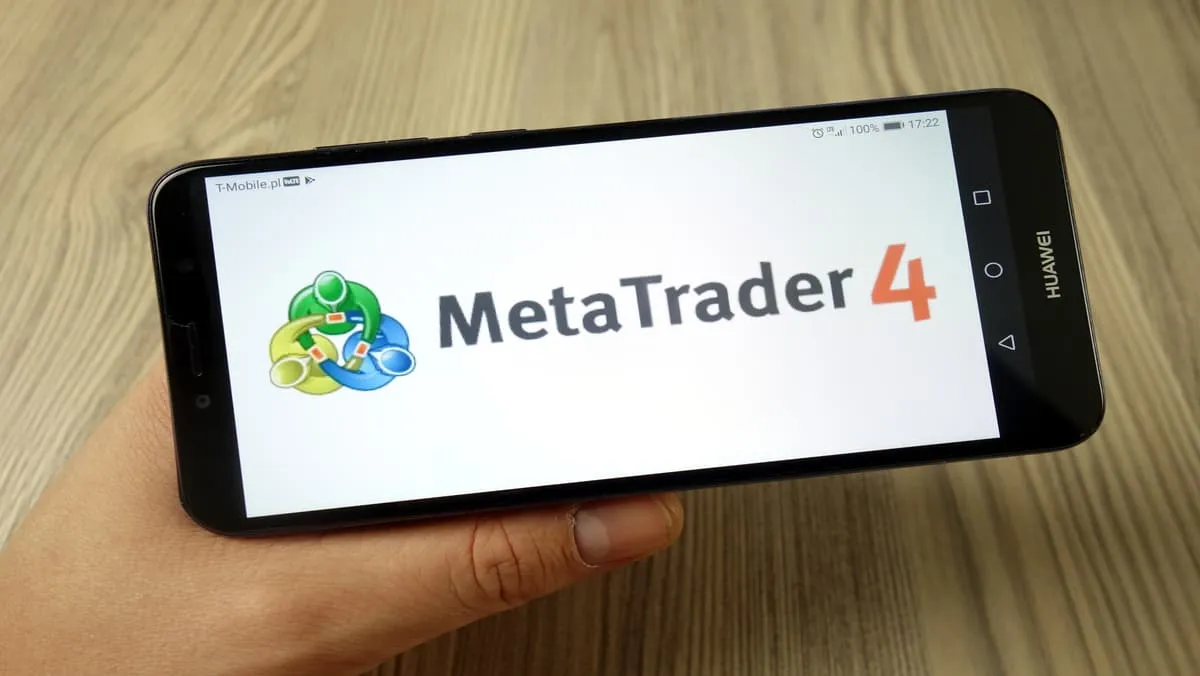Wednesday Sep 18 2024 07:00

4 min

MetaTrader 4 (MT4) and MetaTrader 5 (MT5) are two of the most popular trading platforms in the world, each offering unique features and capabilities.
MT4 was designed and developed by Meta quotes for forex and futures trading. To enable traders to analyses and trade financial markets, back test trading strategies, develop trading robots and copy other traders. It was quickly adopted as the preferred trading platform by millions of traders and hundreds of brokerages worldwide.
MT5 is a multi-asset trading platform and the recent successor. This award-winning trading platform includes everything you will find in MT4. It has more capabilities and technical analysis tools than its predecessor has.
Both trading platforms are available to download to your computer, smartphone or through an internet browser.
1. Trading
MT4 primarily focuses on forex trading and offers a single hedge and netting account system. It supports market orders, pending orders, stop orders and customizable trading strategies using expert advisers (EAs).
MT5 expands on MT4’s capabilities by offering multi-asset trading, including forex, stocks, futures, and cryptocurrencies. It features a more flexible hedging system that allows traders to open multiple positions in the same instrument and an improved order execution system with additional order types, such as market depth and partial fills.
2. Pricing and Costs
Brokers commonly provide MetaTrader 4 (MT4) and MetaTrader 5 (MT5) at no charge, but traders should be aware of the additional costs associated with these platforms, such as spreads, commissions, and overnight financing fees.
While the platforms themselves are free, expenses may arise depending on a trader's activity and the broker's pricing model. Some brokers may offer lower spreads or commissions on one platform compared to the other, making it important for traders to carefully compare these costs when choosing a broker and platform.
3. Third-party Add-ons and Integrations
MT4 boasts a vast ecosystem of third-party add-ons, plugins, and integrations created by independent developers. These tools enhance the platform's functionality, catering to different trading styles and strategies. Traders can access custom indicators, automated trading systems, trade copiers, and risk management tools that improve the overall trading experience on MT4.
MT5 also supports third-party add-ons and integrations, though its selection is somewhat smaller compared to MT4. However, MT5 includes built-in features that previously required third-party plugins on MT4, such as additional timeframes, an economic calendar, and more advanced charting tools.
4. Security Features
Both MT4 and MT5 emphasize the security of traders' accounts and data, utilizing industry-standard measures such as encryption, secure login protocols, and safeguards against unauthorized access. As the newer platform, MT5 may provide enhanced security features compared to MT4.
For instance, MT5 includes two-factor authentication, adding an extra layer of protection by requiring users to verify their identity with a second factor, like a mobile device code. Additionally, MT5's modern architecture is designed to offer stronger defense against cyber threats such as malware and hacking.
5. Market Depth and Depth of Market
MT4 does not offer built-in market depth or depth of market features, which provide insights into a particular instrument’s supply and demand dynamics.
MT5 includes a market depth feature, also known as depth of market (DOM), which displays the current bid and ask prices and the volume available at each price level. This information can help traders make more informed decisions, especially in fast-moving markets.
6. Analytics
MT4 offers fundamental technical analysis tools, including a variety of built-in indicators, charting options, and drawing tools. However, its analytical capabilities are more limited compared to MT5.
MT5 provides a more advanced suite of analytics tools, featuring additional built-in technical indicators, graphical objects, and analytical tools. It also includes an economic calendar, a news feed, and a market depth feature, enabling traders to perform more comprehensive analysis of market trends and conditions.
When considering shares, indices, forex (foreign exchange) and commodities for trading and price predictions, remember that trading CFDs involves a significant degree of risk and could result in capital loss.
Past performance is not indicative of any future results. This information is provided for informative purposes only and should not be construed to be investment advice.